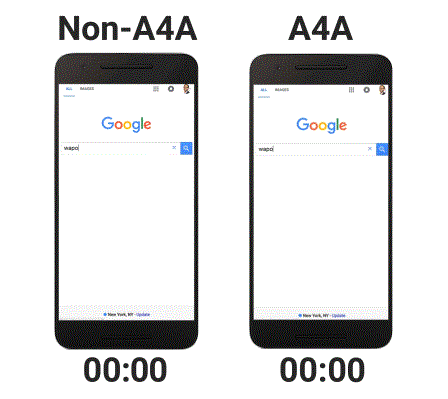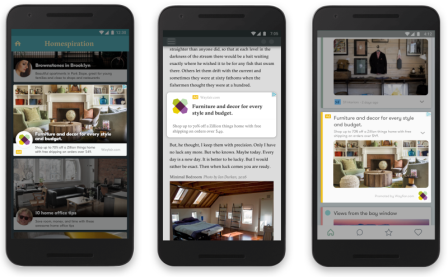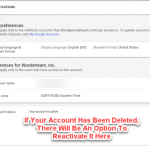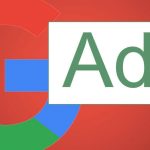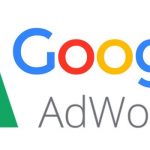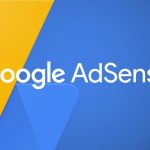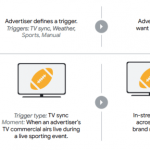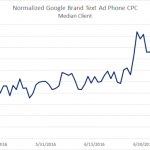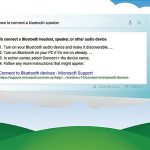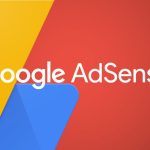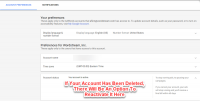Google announces AMP for Ads & AMP Landing Pages among DoubleClick news
DoubleClick will support programmatic buying and selling of Google’s new dynamic native ads and announced a deal with Time Warner for programmatic.

Google made a series of announcements on Tuesday during the DoubleClick Leadership Summit. Not surprisingly, the announcements centered around mobile and programmatic, starting with a launch push for AMP for Ads.
AMP for Ads launches
Google announced ad-related initiatives for the Accelerated Mobile Pages Project (AMP), the open-source project aimed at improving mobile web experiences and speeding load times for mobile webpages.
AMP for Ads has been in testing with several ad tech vendors and publishers for several months. In June, the company said more than half of publishers selling ads on AMP pages through DoubleClick AdExchange were seeing higher eCPMs from those pages than non-AMP pages. Now AMP for Ads (A4A for short) is being launched and tested more generally. All advertisers can create AMP HTML ads to load as quickly as the AMP pages they’re served within. Advertisers can also develop AMP Landing Pages, built with AMP HTML, to accompany their AMP ads.
In a post on the AMP blog Tuesday, Malte Ubl, Tech Lead for the AMP Project, wrote that one of the biggest moves was to separate ad requests from ad rendering. Ubl showed a how this impacts ad loading compared to a non-AMP HTML ad in the GIF below.
To address the issue of the payload drain caused by data collection and measurement tools ads typically carry, Ads for AMP will be able to take use the “amp-analytics” mechanism built into AMP that includes measurement code that is vendor-neutral and supports a wide range of metrics.
“This means ads can take advantage of the same “instrument once, report many times” feature that benefits AMP pages today, completely eliminating the bandwidth and runtime cost,” caused by ads loaded code from multiple tools, Ubl explained.
On Tuesday, Google says its research found the average mobile site takes 19 seconds to load and estimates mobile sites that load within five seconds could double their revenue above the average. On Tuesday, Google also noted that, on average, AMP HTML pages load four times faster and use one-tenth the data of non-AMP pages on mobile devices.
Ubl stressed that it’s early days for A4A, and the initiative is still in “the early experimentation and implementation phase.”
Dynamic native ads available programmatically
Google first announced its new automated, responsive native ads — created on the fly from an advertiser-provided headline, image and text to match the look, feel and sizing of a publisher’s content — at Google Performance Summit in May. Now, advertisers using DoubleClick Bid Manager can buy these auto-generated native ads programmatically.
Publishers using DoubleClick can make native ad inventory available for both mobile websites and apps either via programmatic or direct sales. The hope is that automating both the creative and traffic processes for native ads, Google can scale native ads across mobile publishers and make a dent in a market dominated by Facebook.
Programmatic deal with Time Warner
On Tuesday, Google also announced a global deal with Time Warner that spans the publishing giant’s businesses to facilitate programmatic buying, ad serving and measurement for its agencies and properties like CNN, Game of Thrones and Harry Potter.
Google said media companies on DoubleClick for Publishers have seen revenue from programmatic video advertising rise more than 6X, and advertisers buying video via programmatic direct on DoubleClick Bid Manager increased their spend by more than 7X last year. Programmatic direct has been a growing slice of the programmatic landscape; Google said programmatic direct deals on DoubleClick AdExchange tripled in 2015.
Marketing Land – Internet Marketing News, Strategies & Tips
(54)

